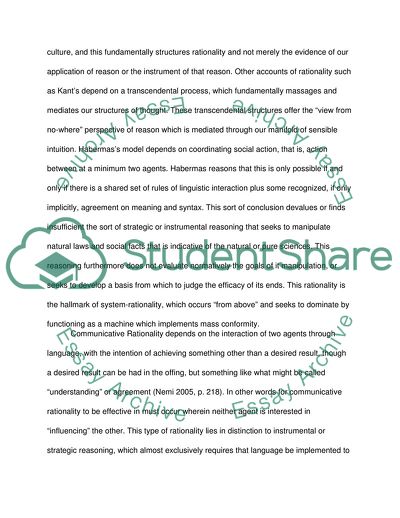Cite this document
(Contemporary sociology - Critical review Coursework, n.d.)
Contemporary sociology - Critical review Coursework. https://studentshare.org/sociology/1715639-contemporary-sociology-critical-review
Contemporary sociology - Critical review Coursework. https://studentshare.org/sociology/1715639-contemporary-sociology-critical-review
(Contemporary Sociology - Critical Review Coursework)
Contemporary Sociology - Critical Review Coursework. https://studentshare.org/sociology/1715639-contemporary-sociology-critical-review.
Contemporary Sociology - Critical Review Coursework. https://studentshare.org/sociology/1715639-contemporary-sociology-critical-review.
“Contemporary Sociology - Critical Review Coursework”. https://studentshare.org/sociology/1715639-contemporary-sociology-critical-review.


